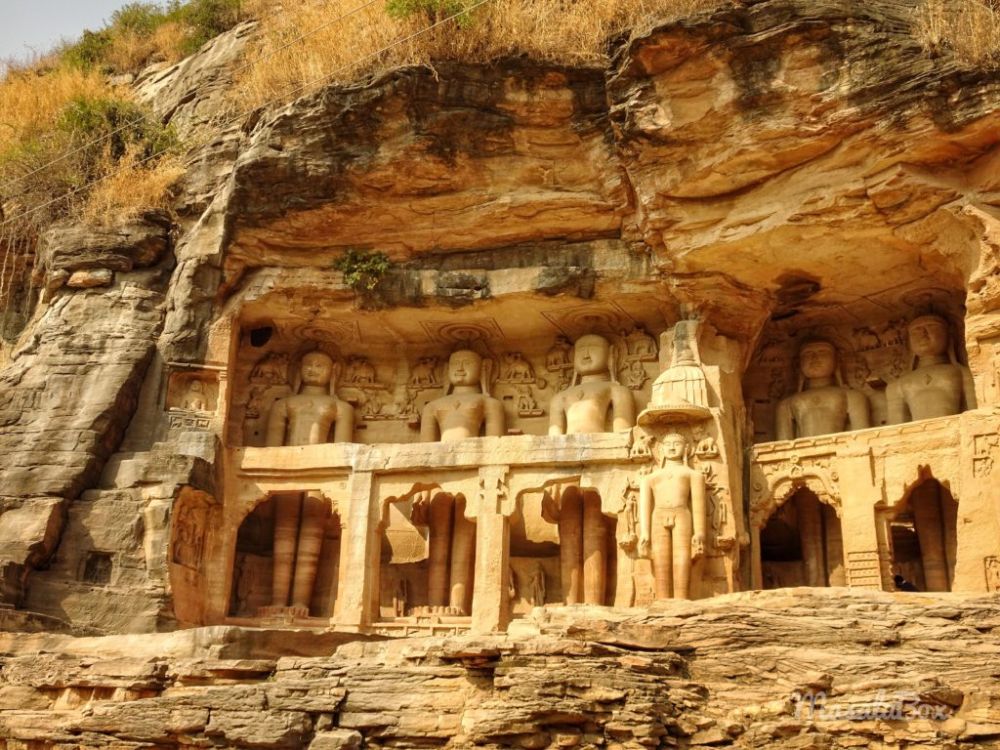

Gopachal Parvat, nestled in the heart of Gwalior, Madhya Pradesh, is a site of historical and spiritual significance. This mountain is famous for its colossal rock-cut Jain sculptures, which date back to the 7th and 15th centuries. These monumental carvings are a testament to the rich cultural tapestry and religious tolerance experienced throughout the region's history.
These sculptures were carved under the patronage of several dynasties that ruled over Gwalior, including the Tomars. The artwork exhibits a mixture of architectural mastery and devotion, reflecting the prosperity of Jainism during that era. Gopachal Parvat stands not just as a sacred site for Jain pilgrims but also as an invaluable piece of the historical puzzle for scholars and historians interested in the cultural heritage of India.
The history of tourism at Gopachal Parvat is intertwined with the history of Gwalior itself. Steeped in the lore of bygone eras, these sculptures have attracted travelers and devotees for centuries. However, widespread recognition of this historical site as a tourist destination began in the 20th century when India started to establish itself as a sovereign nation with diverse cultural attractions.
Post-independence, Gwalior, with its imposing fort and nearby cultural sites, became an integral part of India's push to showcase its heritage to the world. Gopachal Parvat played a significant role in this movement, with increased efforts to conserve and promote the carvings. This has led to a steady growth in visitor numbers over the past few decades.
In the last few years, there has been a growing emphasis on sustainable and responsible tourism. Visitors are increasingly interested in not just observing historical sites but also understanding the context and significance behind them. Therefore, interpretive guides and informational signage have become more prevalent at Gopachal Parvat.
Another noticeable trend is the digitalization of tourism. Virtual tours and detailed online repositories of information are making it easier for people to explore and appreciate these ancient sculptures from afar, broadening the reach of Gopachal Parvat's allure.
Furthermore, the Madhya Pradesh Tourism Board has been actively promoting Gwalior and its adjacent areas through various campaigns highlighting the region's heritage, wildlife, and natural beauty. Special focus has been given to developing tourism infrastructure, thus putting Gopachal Parvat on the must-visit list for cultural enthusiasts across the globe.